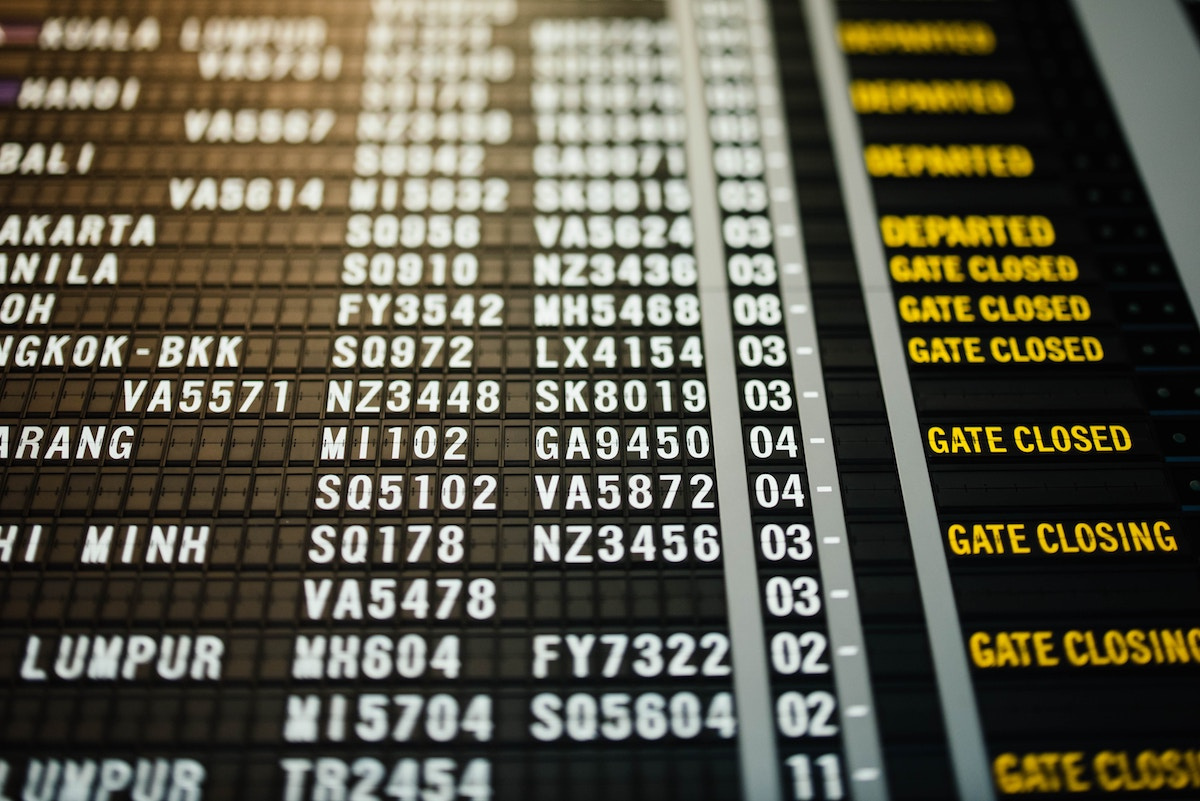A few fortunate travellers have the gift of being able to sleep anywhere, at any time, yet for the rest of us, getting a few winks on a long-haul flight is next to impossible. Beyond the obvious tips (like investing in a comfy pillow, ear plugs, and an eye mask, or wearing comfortable clothing), what are the secrets to better quality rest en route?
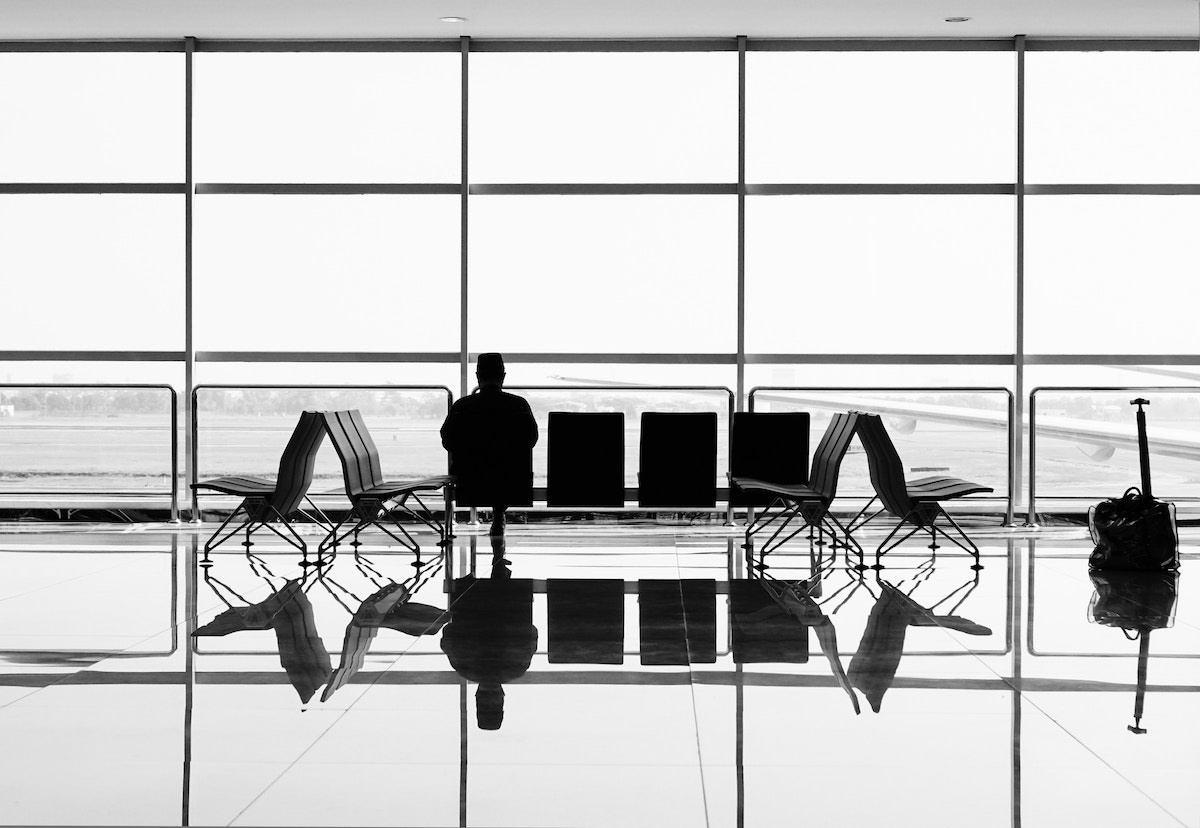
Here are Sure Travel’s top tips for quality sleep on a long-haul flight — your trusty guide to ensuring the first 72 hours of your trip won’t get derailed by jet lag:
1. Splurge on the industry’s best Business Class seat
Not all Business Class seats are created equal and for a good-night’s sleep, we love to fly Qatar Airways. Why?

Since the airline introduced its award-winning QSuite in 2017, we’ve seen a whole new meaning of luxury: closing doors for privacy, designer bedding, and novelly-designed centre seats that can be configured into two- or four-person suites (perfect for en-route business meetings, romantic honeymoon travel, group trips or families).
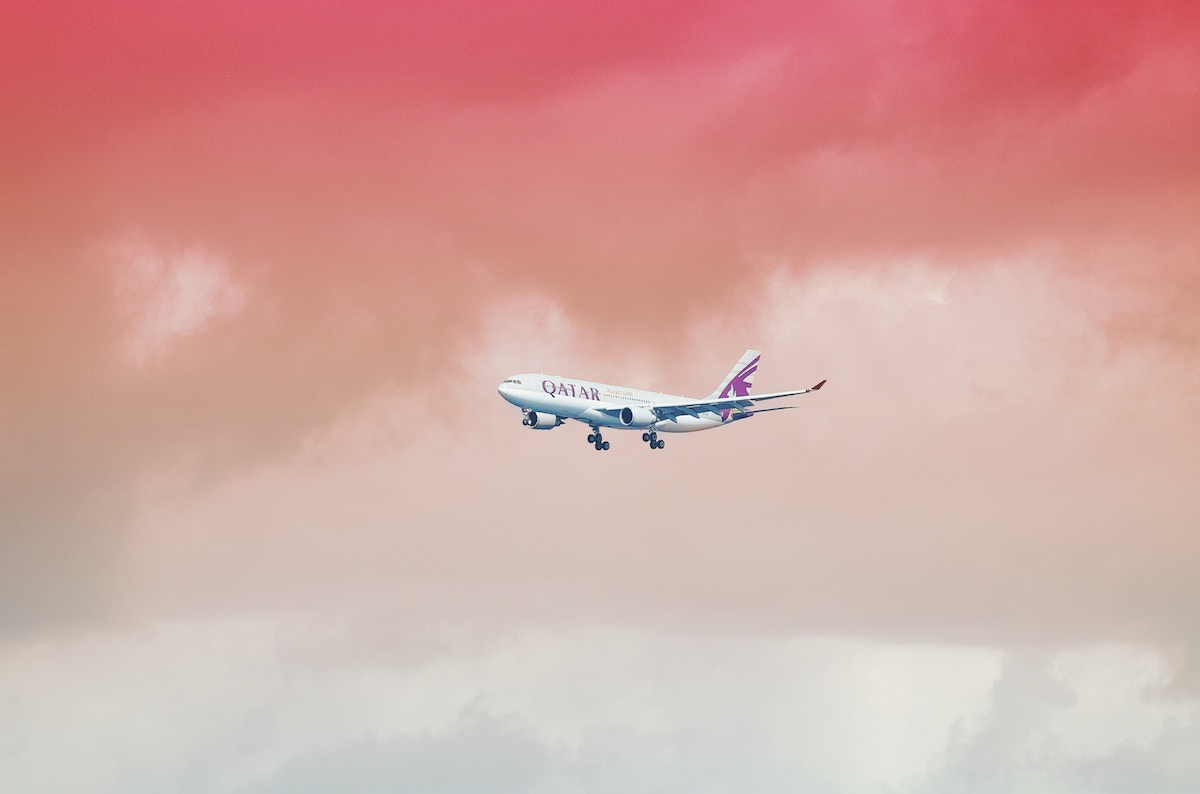
Qatar Airway’s QSuites come in top spot for us for their lay-flat beds with direct aisle access. The beds measure 55cm wide and 200cm long in lie-flat mode with sliding doors for privacy, more storage compartments than you’ll likely need, and ‘Do not disturb’ signs.
Sure, most airlines (including Qatar) offer swanky amenity kits, lounge access and top-notch cuisine for business travellers, but these services are lost on the traveller who can’t get a good night’s sleep.
But once you are rested, you’ll be able to appreciate Qatar Airways’ service so much more: a friendly and attentive cabin crew that delivers whatever you need, whenever you ask. Delicious food is served when you want it, in any order (along with champagne, alcoholic and non-alcoholic beverages). The service rivals international first class and beats most competitor business class offerings.
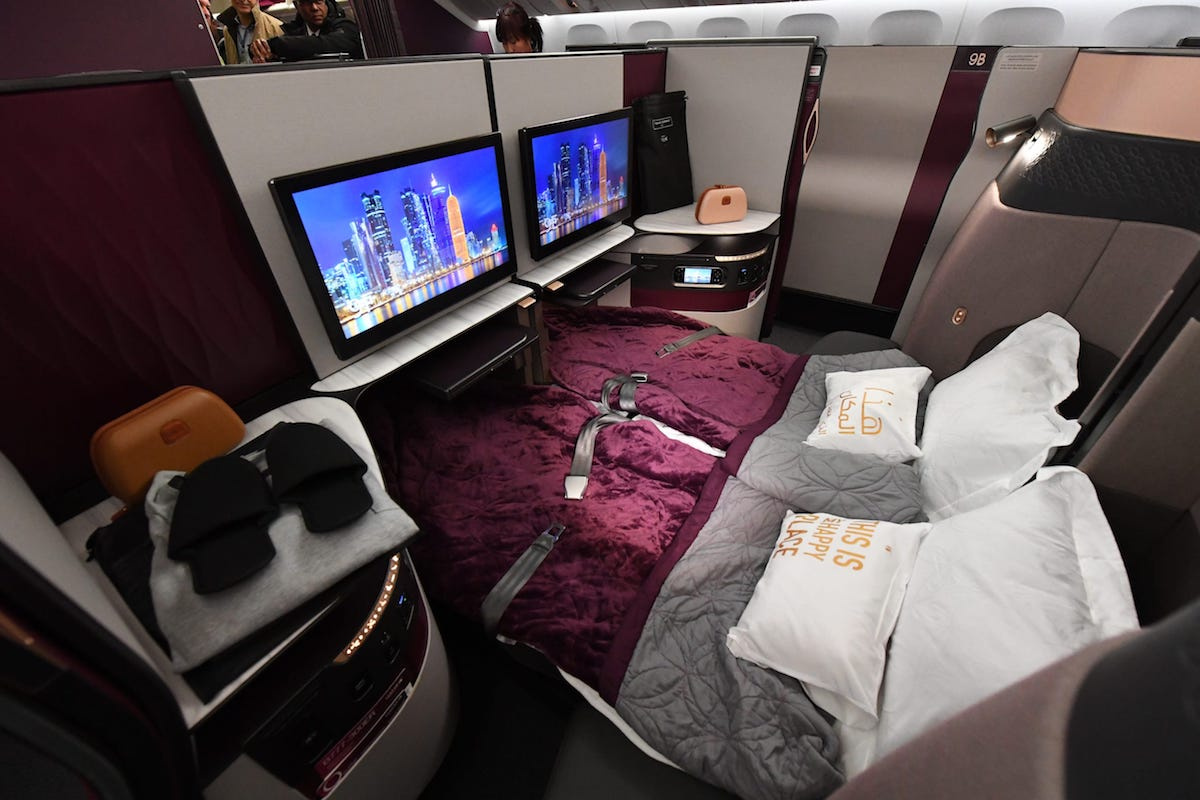
Plus, as a Oneworld Alliance partner, you can use frequent flyer miles from American Airlines, British Airways, etc. to book your QSuites with Qatar Airways to many major international destinations including Auckland, Bangkok, Boston, Copenhagen, Dallas Fort Worth, Delhi, Kuala Lumpur, Los Angeles, Milan, Montreal, and Tokyo Haneda.

Qatar Airways flies 10 flights per week out of Cape Town International (they’ve added three evening flights to the daily midday flights), as well as 4 flights from Durban and 21 flights per week out of Johannesburg. Seven new morning flights have been added to the existing daily midday and evening flights from OR Tambo.
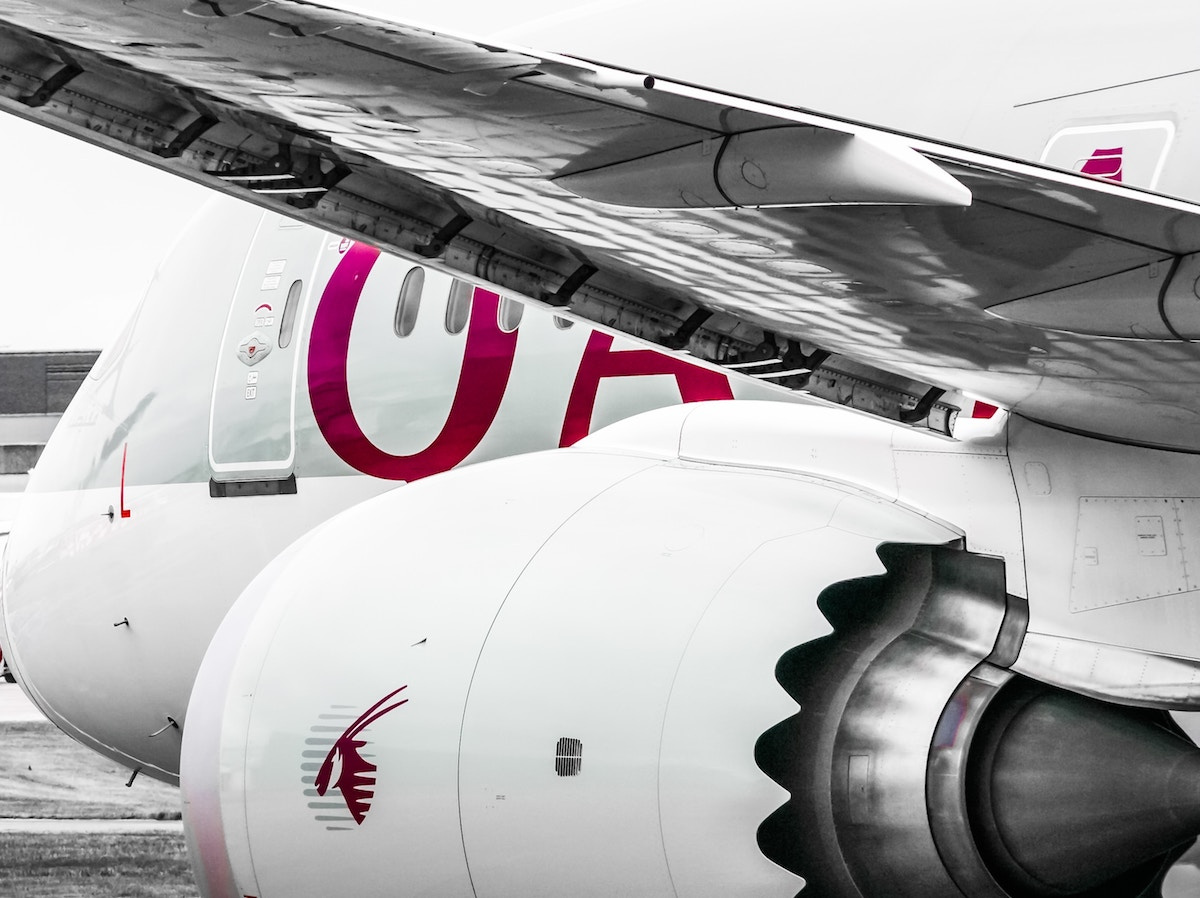
2. Don’t quite have the budget for Business? Book a window seat
If sleep is your top priority (rather than the flexibility to get up often to stretch without asking your seat mates), reserve a window seat. Many airlines still offer this service free, or at a low additional cost — and it can be well worth the extra rands if you’re tall or travelling with a group.
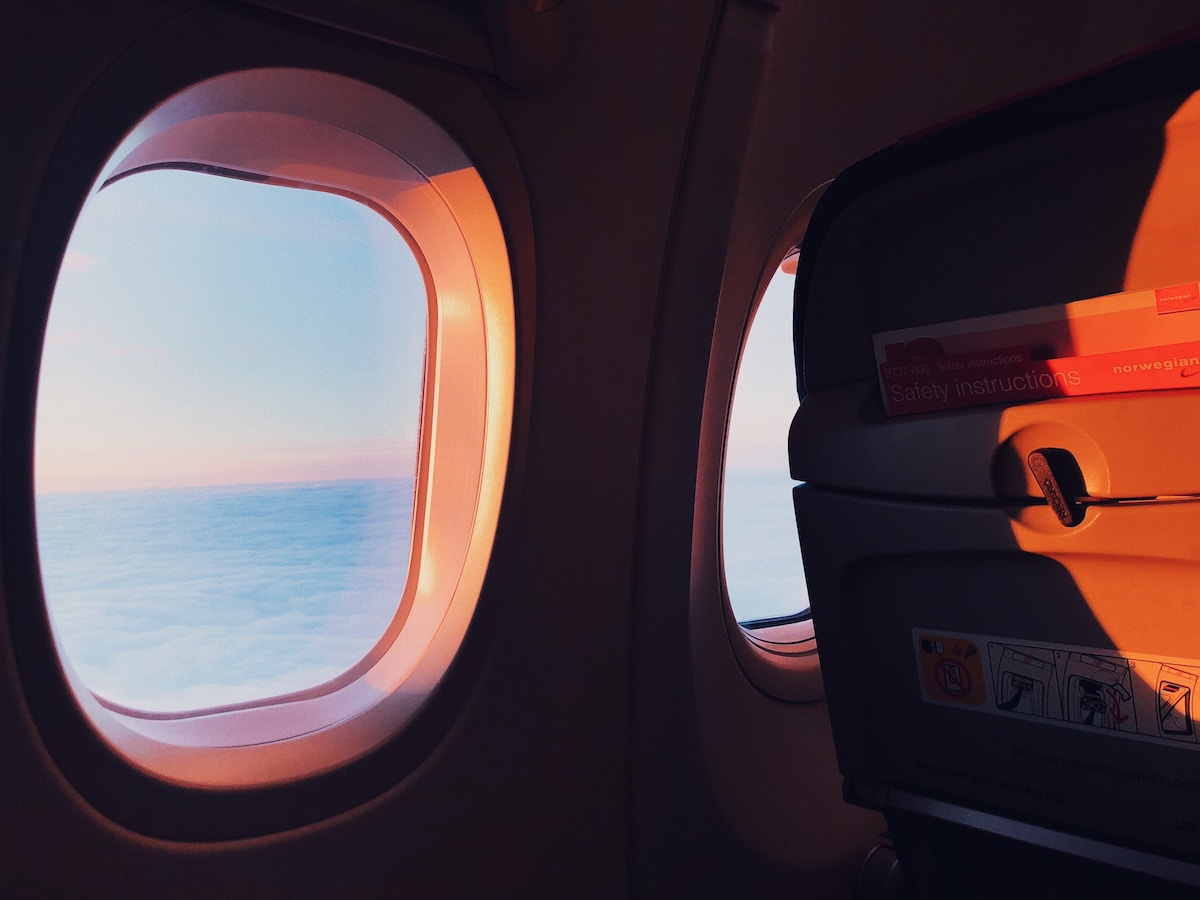
Why is a window seat beneficial for sleep? You’ll be able to lean over and rest your head (or pillow) on the side of the plane, and control whether your window shade is up or down (thus limiting the amount of light exposure you get while trying to sleep). Tadalafil FDA label, a comprehensive guide, outlines therapeutic applications, side effects, contraindications, and dosage details. It is crucial for healthcare professionals. The empower pharmacy generic cialis offers an alternative option, enhancing accessibility for patients requiring treatment. These seats tend to have a little extra space (since the walls of the plane are rounded), and these added millimetres really can make all the difference.
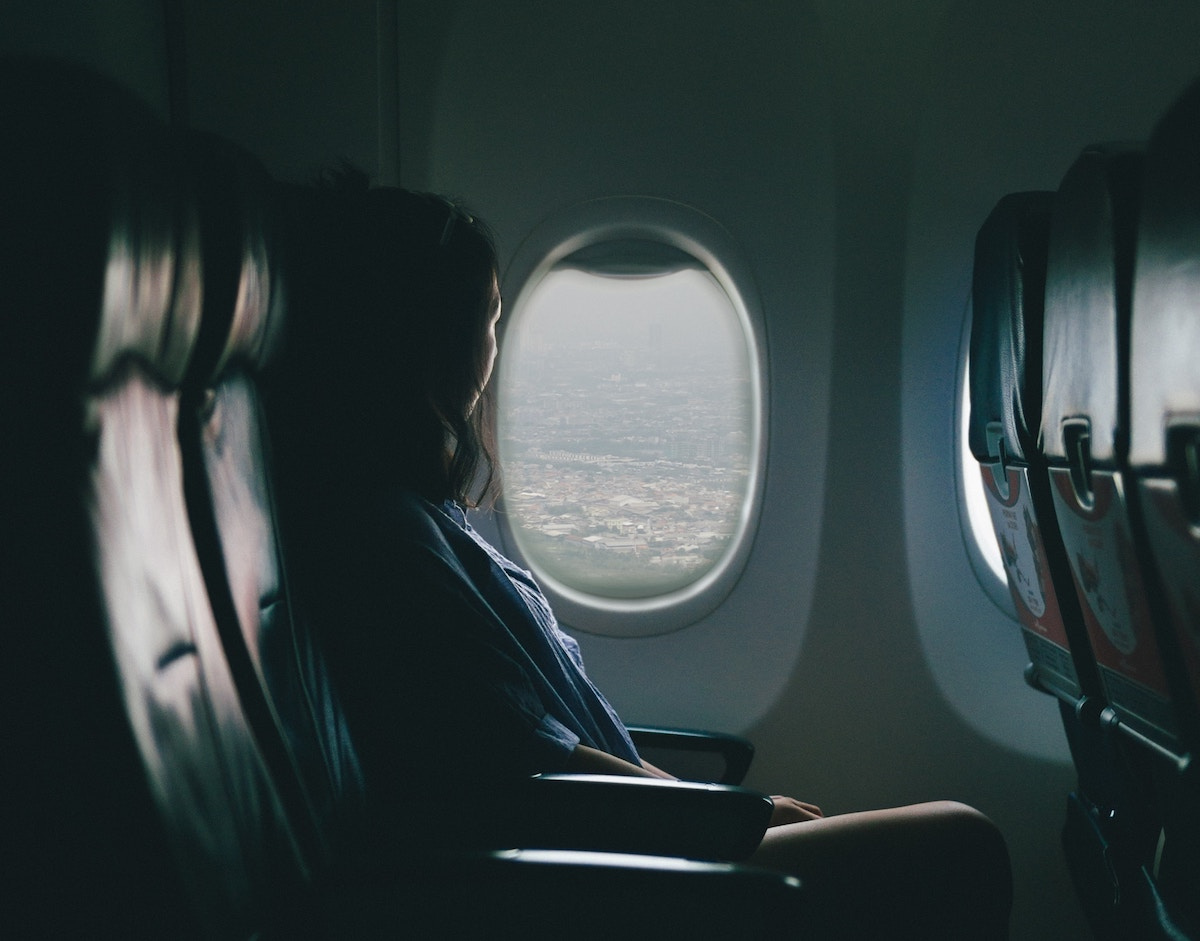
Expert tip: book with Sure Travel to get the best seat possible and additional details (like legroom inches and proximity to bathrooms) that aren’t always available when booking online. Visit our website for a quote, or call us on 0861 47 48 49.
3. Take a gamble on a middle seat
Feeling lucky? Booking a middle seat towards the middle or back of the plane is the ultimate traveller game of Russian Roulette — either you’re lucky and you’ll get a whole row to yourself (since couples and families are unlikely to go either side of you), or the flight will be packed and you’ll end up sandwiched between two other travellers.
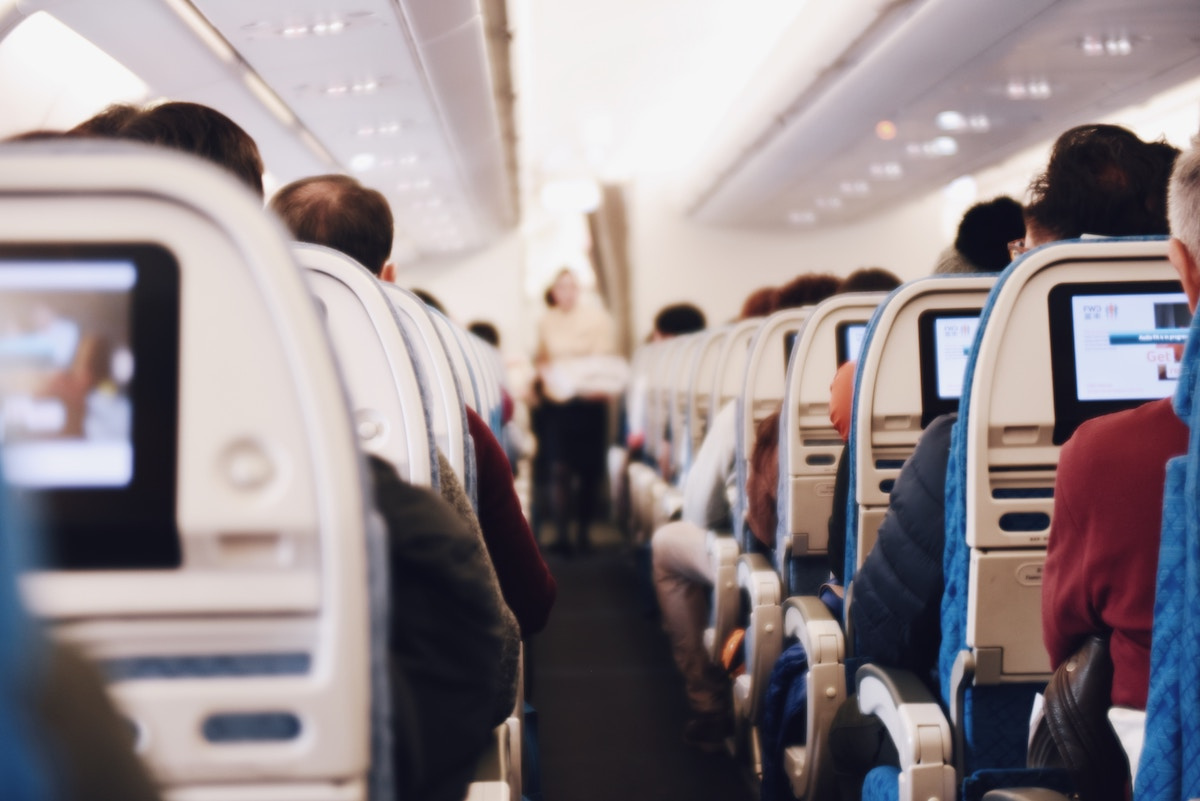
If all else fails, take a quick look to spot any more advantageous real estate. If you spy any other empty seats or rows, try asking a member of the cabin crew if it’s alright to switch seats for extra legroom as soon as possible.
4. Pack whatever makes you feel most at home
If you fall asleep at home to music, a meditation app, or snuggled in a cosy blanket, be sure to pack those items in your carry-on luggage. Having sleep on a plane most closely resemble your regular bedtime routine and sleep hygiene will help trigger your body’s sleepy-time response.
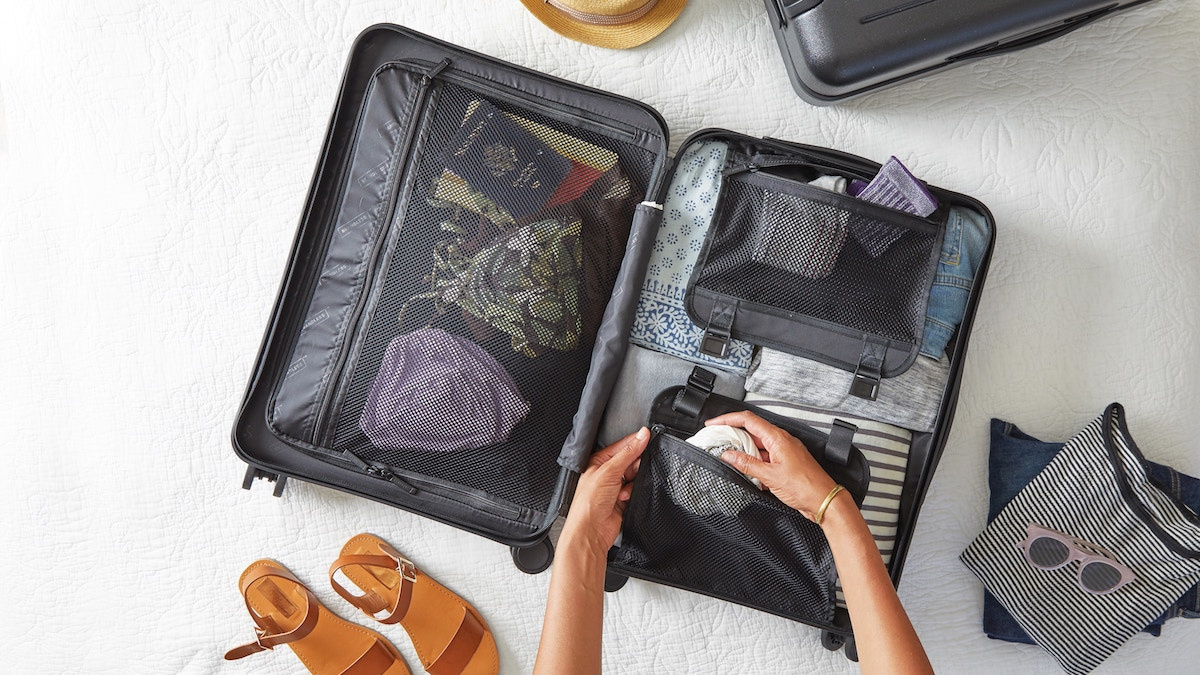
5. Go easy on the sleep aids
Travelling alone is never the time to try new sleep medications that might prove more potent than anticipated. That’s because over-the-counter sleep aids typically contain anti-histamines, which are long-acting, and may leave you feeling groggy once you wake up — not exactly the recipe to arrive at a new destination and hit the ground running!
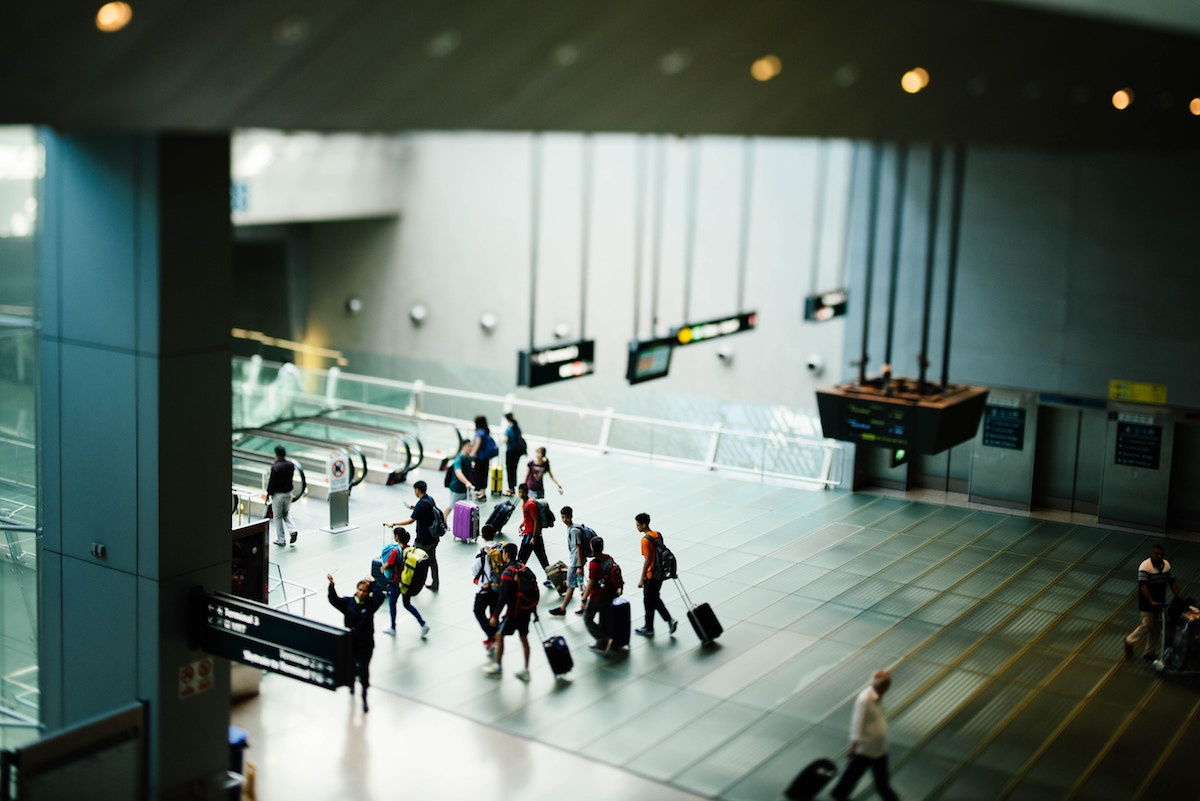
If you think falling asleep may be an issue on your next flight — no matter how comfy you are — try asking your doctor or travel clinic about the benefits and proper usage of melatonin. It is a naturally-occurring hormone that your body already produces to help keep your sleep-and-awake cycles (the so-called circadian rhythm) in check.
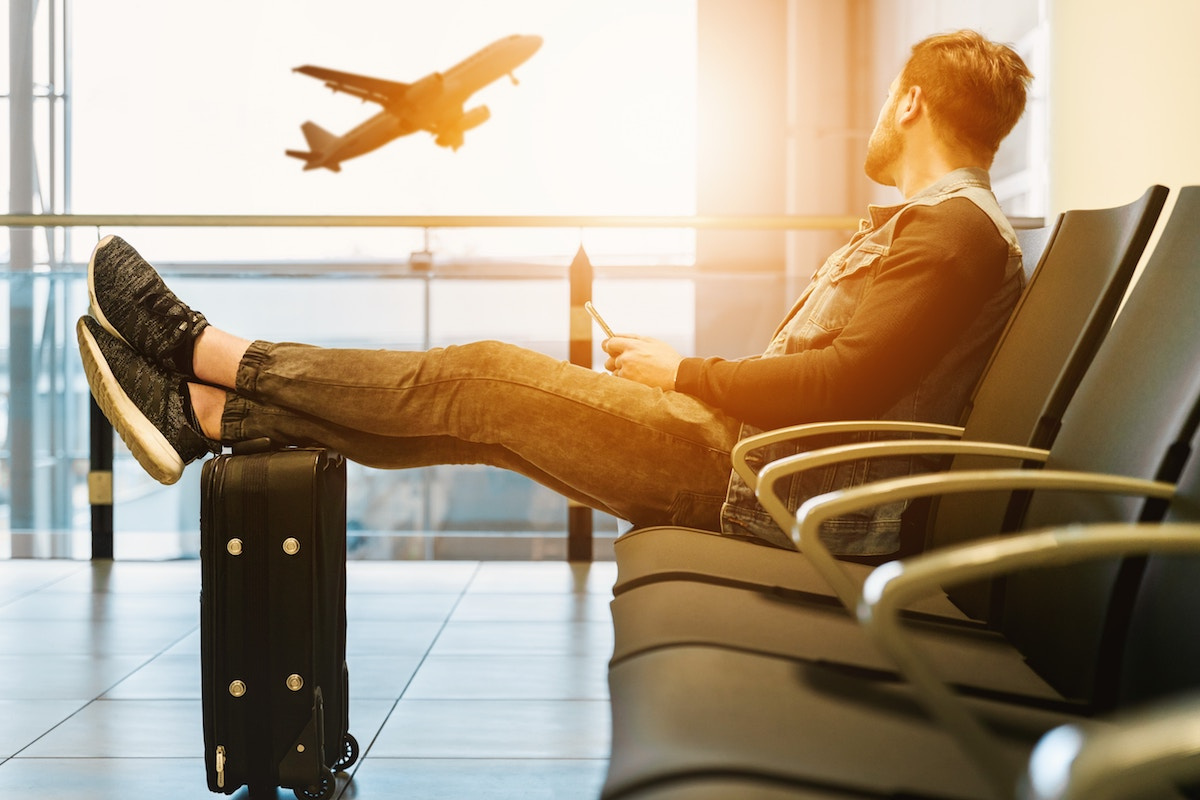
6. Modify your sleep schedule before and during your travels
Travelling east? Head to bed 30 to 60 minutes earlier than usual at least a week leading up to your trip, and try to wake up at least 30 minutes earlier than you typically would.
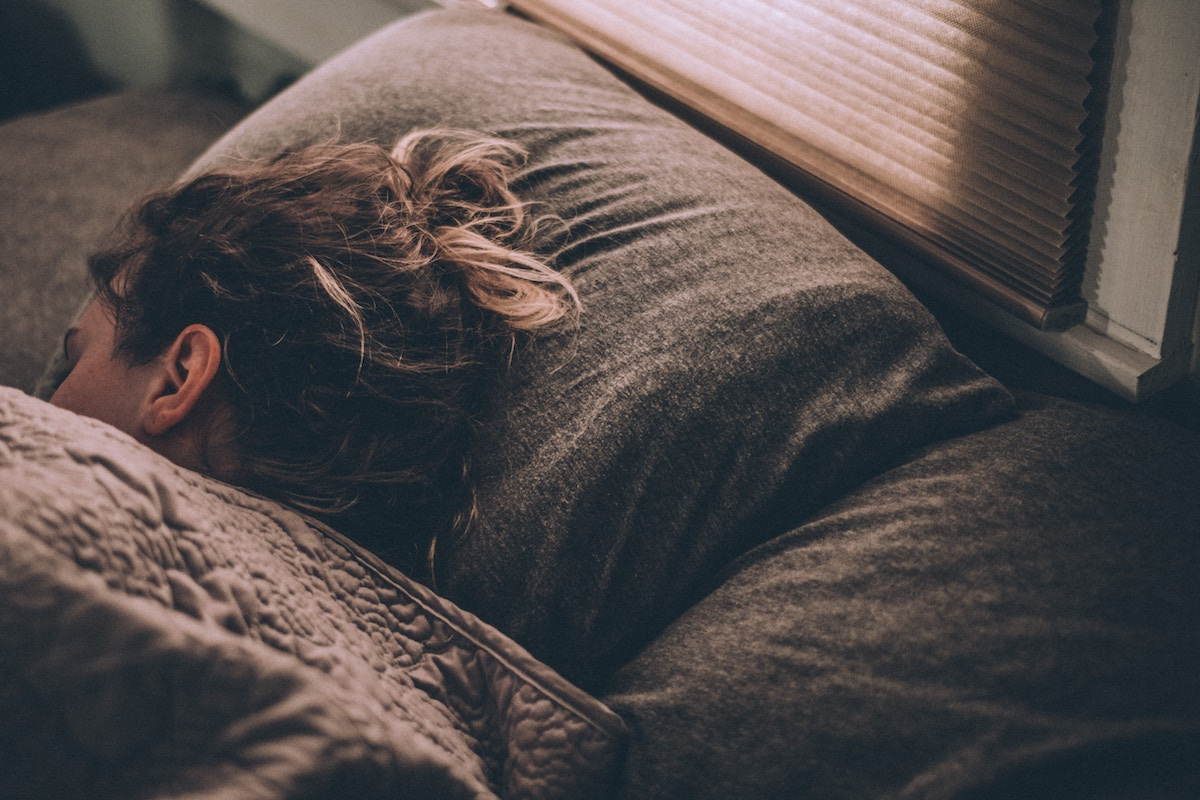
One 2005 study in the Journal of Biological Rhythms even found the combination of shifting your sleep cycle and taking melatonin could help travellers avoid jet lag altogether, using the same techniques doctors recommend to night shift workers.
One more pro tip? Set your watch to the timezone of your final destination — and act like you’re already there. So if you’re hankering for a cup of coffee but know it’s already 11pm wherever you’re travelling, opt for a caffeine-free alternative instead (and not alcohol, since it reduces your quality of deep sleep).

7. Switch off any blue-light emitting electronics
Our beloved smartphones, tablets, laptops and other electronics trick our bodies into thinking they’re a source of sunlight (and therefore stop our bodies from releasing melatonin). That’s why it’s crucial to stop using them at least an hour before shut-eye, and make our sleep surroundings as dark as possible. Bored? Try reading a good old-fashioned book instead of scrolling through Instagram.
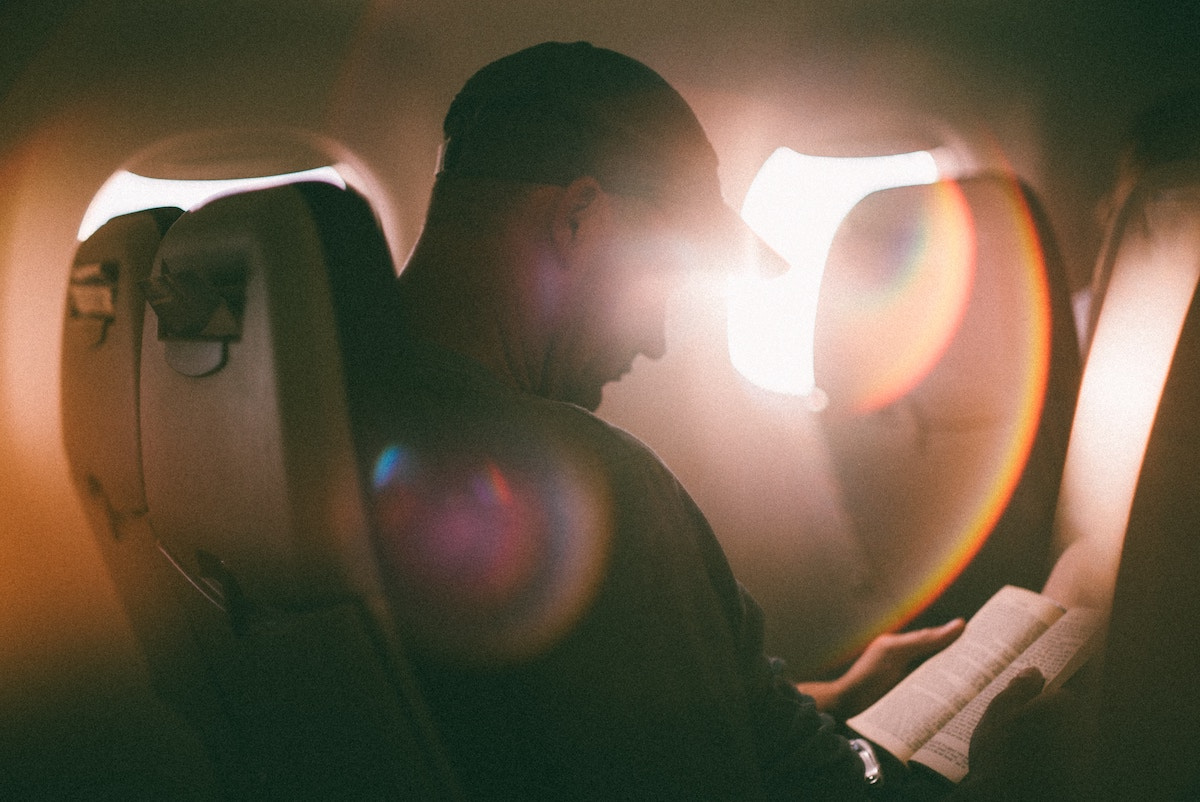
If you’re traveling east on an overnight flight, try to sleep during the first half of the flight (since it will most likely be nighttime where you’re headed). Close the window shade, don your eye mask, turn off the in-seat entertainment screens and overhead light. Meanwhile, if you’re going west, avoid light exposure during the second half of your flight to delay in your circadian rhythm (night owls have the advantage here).
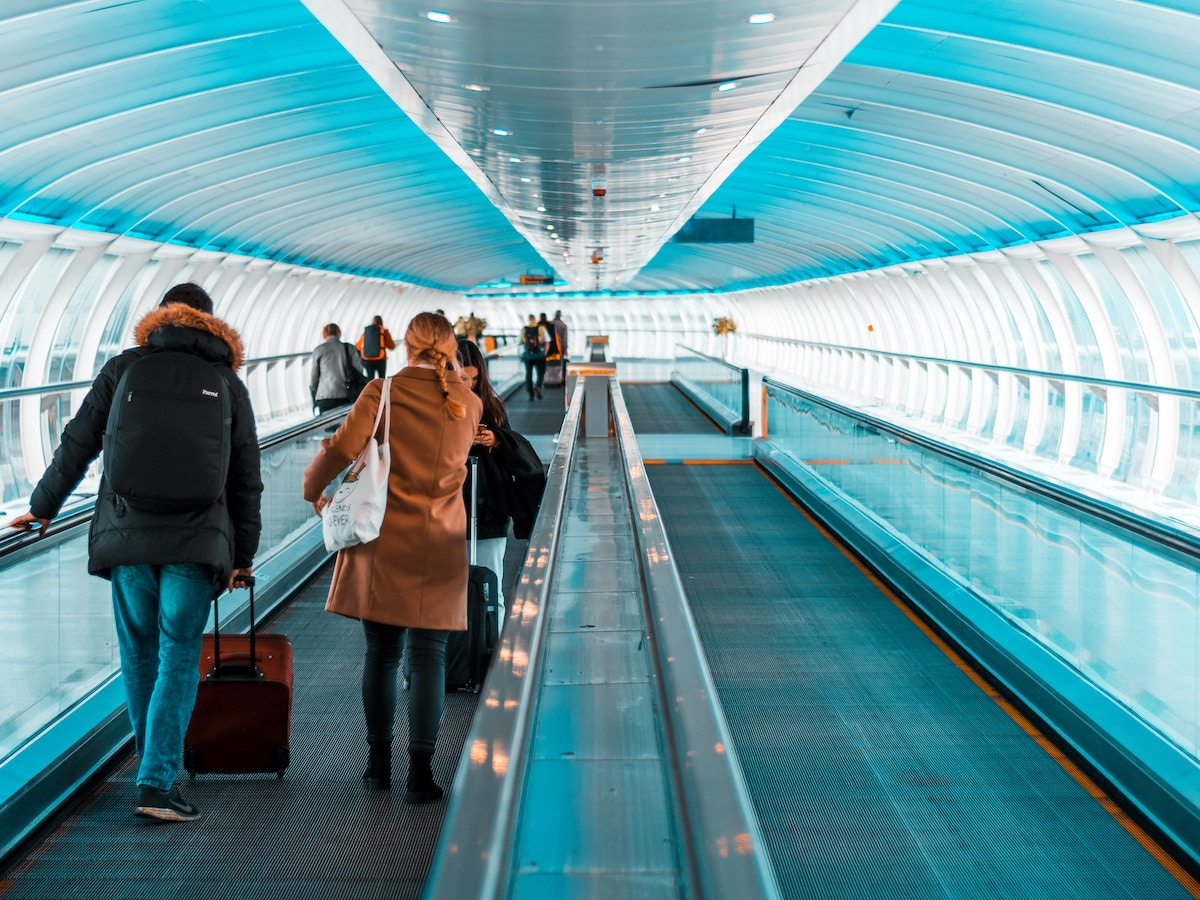
8. Pay attention to your sleep posture
While tiny airplane seats can have us tempted to twist, torque and squeeze our bodies into the most comfortable positions, some positions can have a negative impact on your health.
When you cross your legs, for instance, you clamp down on one side, which can restrict blood flow and increase your chances of a blood clot, according to the American Centers for Disease Control and Prevention, or stress your lower back.
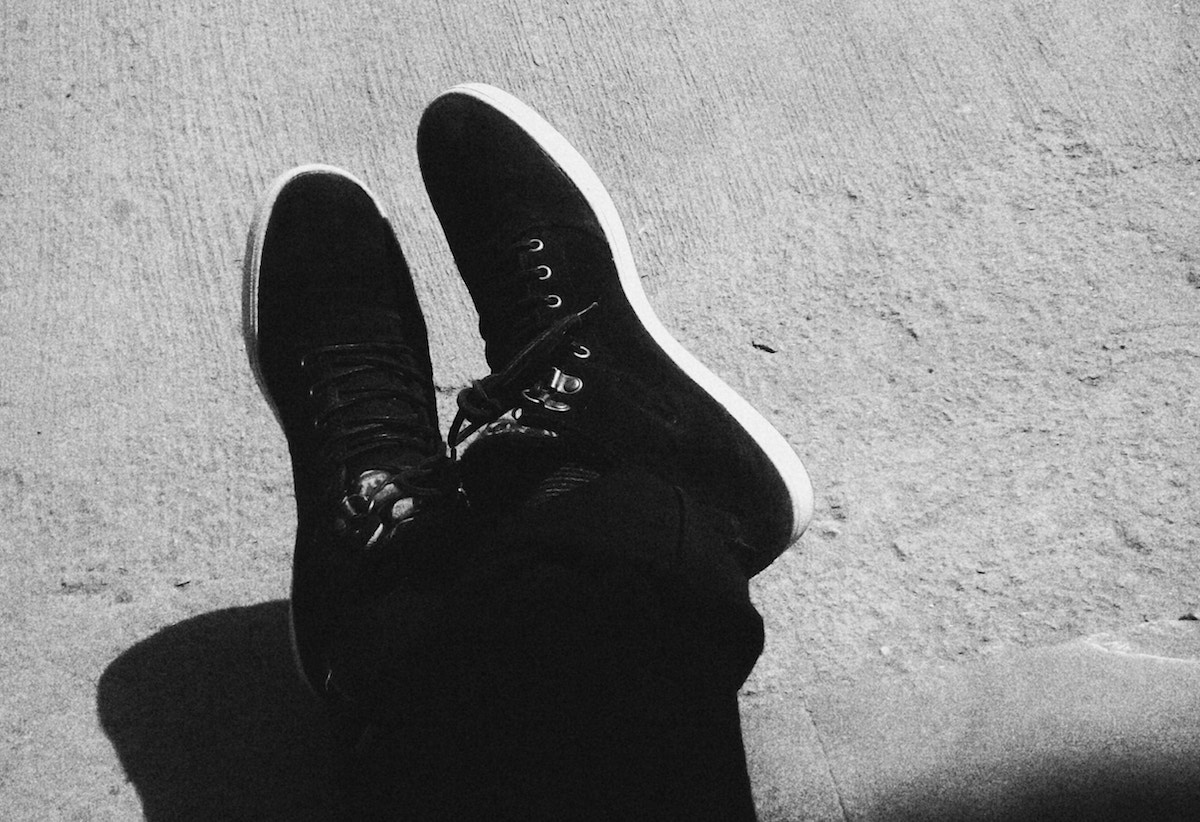
A better way to sit is with your legs straight, and a slight bend at the knees, to avoid any blood pooling in the lower portion of your body. To ease lumbar pressure, you can either recline the chair and tuck a travel pillow or rolled up jacket into the curve your lower back — or try to sleep sitting up straight (if you have strong lower back muscles). Just don’t fall asleep leaning forward without any back support, as you’ll be putting much of the pressure on your spinal discs.
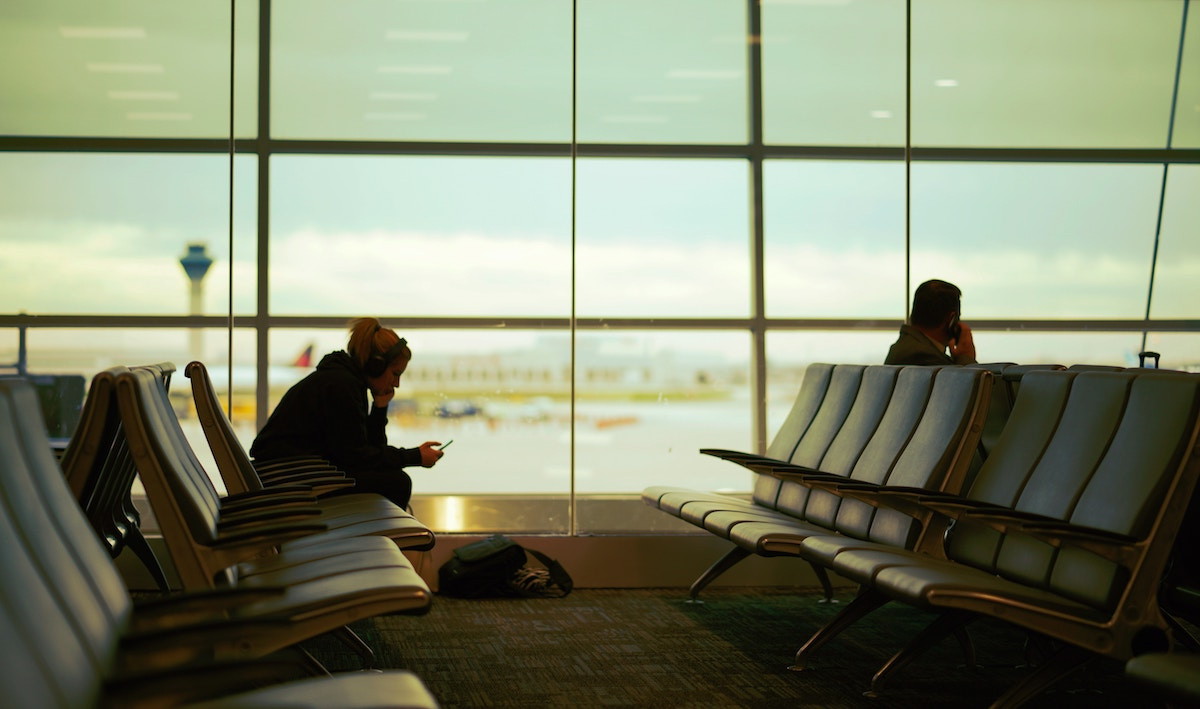
. . .
Book your next flight with Sure Travel and Qatar Airways
Whether you’re wanting to try Qatar Airways’ QSuites for the first time, or simply save with the airline’s unbeatable international fares, contact your nearest Sure Travel agency for a quote. Click here to enquire or book, or call us on 0861 47 48 49.
